The characteristics of single mocha coffee beans _ introduction to the country of origin of mocha coffee beans are mocha coffee beans expensive
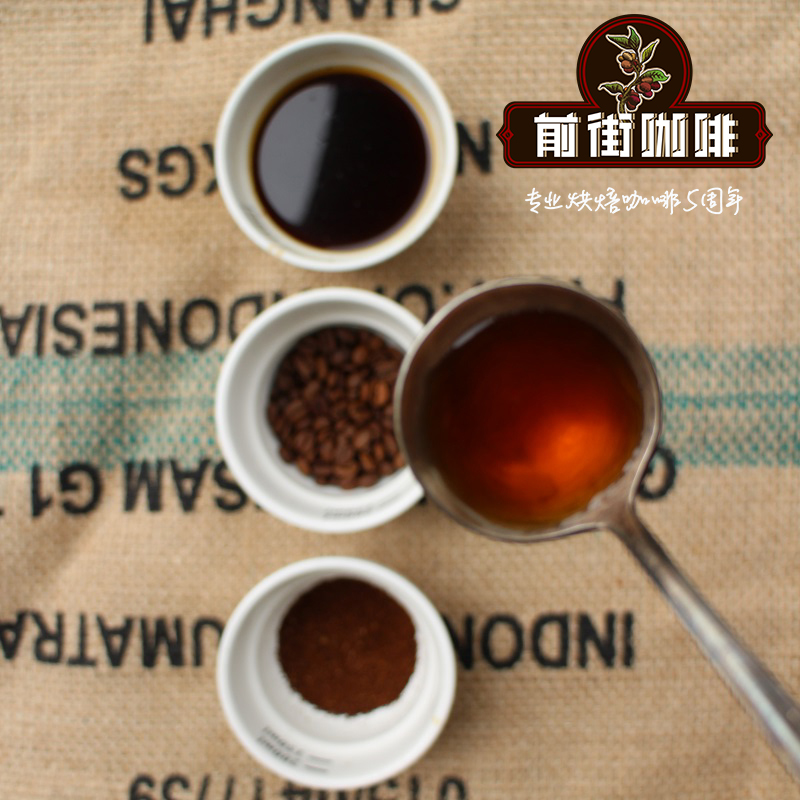
Professional coffee knowledge exchange more coffee bean information please follow the coffee workshop (Wechat official account cafe_style)
[mocha coffee beans (MOCHA)] place of production: Yemen
Mocha coffee beans can be said to be one of the main coffee beans in the world. At present, the coffee produced in Yemen is the best, followed by the mocha of Ethiopia; the mocha coffee belt is smooth with strong acid, good sweetness and unique flavor, such as sour cheese and chocolate; it has the temperament of a lady and a lingering finish in the mouth. It is a kind of pure coffee with unique characteristics. Usually the brand name is directly named by the place name, while "mocha" is the name of the port where Europeans bought coffee for the first time, which faces the Red Sea. "Moka Matari" belongs to the top and variety, and is widely loved by the public. Even if it is used in total coffee, it is very popular because it can suppress the shortcomings of other coffee beans. Mocha, Brazil and Colombia are also known as the "comprehensive treble", and most mixed coffees use mocha.
| 01 | production area profile |
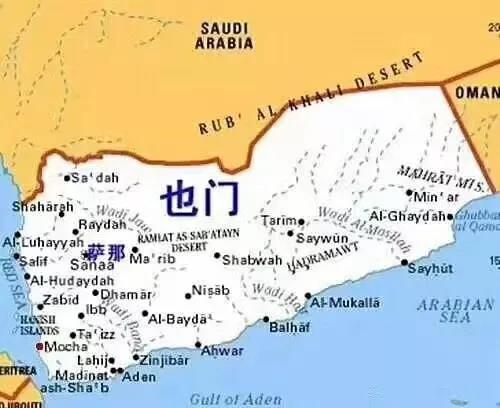
* the history of Yemen *
Yemen is famous for its frankincense or spice trade and is the first place of origin in the world to grow coffee mochas.
If you follow before, this is also the place where Noah built the ark in the Bible.
Legend has it that the legendary queen, the territory of Sheba, who went to Jerusalem with gold, spices and large envoys 3000 years ago to find King Solomon and gave birth to a son. (it is rumored that this son is the first king of Ethiopia.)
In any case, perhaps because of the history since ancient times, it is said that the people in this land still have high self-esteem and are extremely independent.
Yemen, which retained its way of life thousands of years ago, is said to be out of reach of the central government in many places. Ethiopia, across the sea from Yemen, also sells coffee through the port of Mocha, so Ethiopian sun-treated coffee is often referred to as mocha (such as Harald ETHIOPIA Harra Mokka, Ethiopia). Yemeni mocha is the originator of the world coffee trade. It plays an important role in promoting delicious coffee to Yemen all over the world. It is called "Arabica Coffee (Arabia)", which is the origin of the name "Arabica Origin".
It is said that the place where Europeans imported coffee for the first time in the 17th century and spread to the world was the world's largest coffee port, the port of Mocha.
Compared with its previous reputation, the "port of Mocha" has failed to prosper and has become a historic port with only white beaches.
Even so, it is still in the name of coffee, "rising all over the world".
Although Ethiopia was the first country in the world to discover coffee, the first country in the world to mass-produce coffee as a crop was Yemen. At the beginning of the 17th century, the first Yemeni coffee was exported to Europe through the ancient small port of Mocha, which surprised Europeans, because all exported coffee sacks had to be marked with MOCHA to prove that they were transported from Mocha. So Europeans call the delicious coffee shipped from the port of Mocha "mocha coffee", which is why mocha became synonymous with coffee in the early days.
Yemeni coffee grows in steep terrain with little rainfall, poor land and insufficient sunshine. This unique and difficult condition is unfavorable to coffee growth, but it has given birth to the Yemeni mocha that can not be replaced by the coffee world. The main coffee producing areas are Sanani, Matari and Ismaili.
Matali production area is located in the highlands on the west side of the capital, at an altitude of 2000,000,000m above sea level. It is the highest in Yemen, but it is the most remote and the transportation is inconvenient. It often takes some time for farmers to get out after harvest.
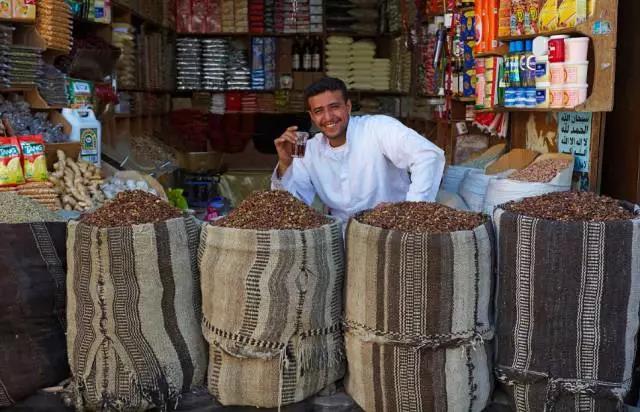
02 | processing method
Ancient method of solarization
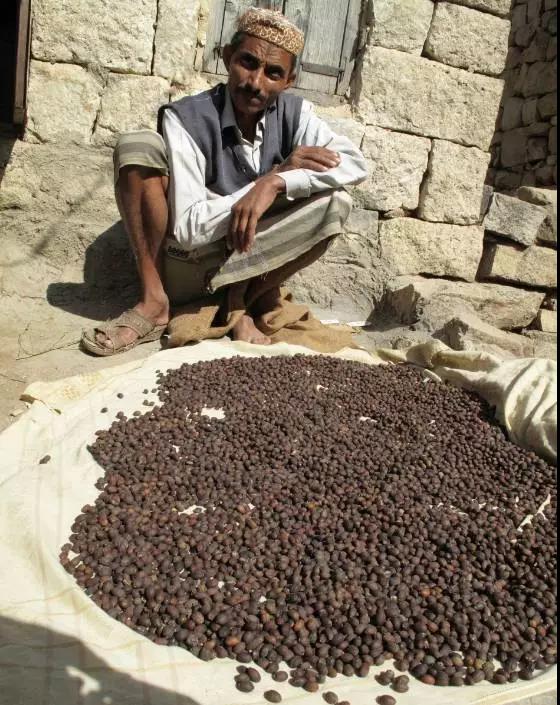
Yemen is a classic of the ancient morning taste of the sun, and it is also the only producer of full-time coffee in the world. the traditional treatment of dripping water is illegal, and it has not changed since Europe became infatuated with game mocha in the 17th century. This is related to the extremely dry climate in Shumen, where coffee is mainly grown in the central highlands, with an average annual rainfall of only 400 Mel 750 mm, far less than the best rainfall of 1500 Mel 2000 mm in Arabica.
Due to the lack of water environment, farmers have been unable to introduce more advanced washing methods, wild flavor is better than Hara coffee, so Yemen has become the best choice to experience the ancient early taste.
The highlands of central Yemen are hilly and rugged. Most small farmers use the planting method of breaking up into parts. Several plants are planted on steep slopes and dozens of plants are planted on terraces or cliffs, each with different soil and water and micro-climate, so the fragrance composition is also different.
The sun treatment of Yemeni farmers is rougher than that of Ethiopia, and the coffee fruit is not picked until it dries on the branches and turns purple-black and falls to the ground to pick it up. This is different from the exquisite sun in which Ye Jia Xuefei or Sidamo picks red fruit and lays it on the "elevated net bed", which is the main reason for the heavy game in Yemen.
The natural sun treatment in Yemen is to manually harvest fully mature coffee beans and directly place the newly harvested coffee beans in a special coffee drying yard or in their own compacted soil front yard to receive the sun. During the sun drying period with Taiwan, rice is usually turned over with a wooden rake to keep each bean evenly dried. After about 20 days of coffee drying, remove the outer pulp and peel from the coffee beans. Yemeni coffee is rich in flavor, complex, wild, mellow, strong fermentation and low acidity, coupled with the fact that Yemeni coffee often contains an uncertain factor (the time of rain in the season). It is not too much to call her the most special coffee in the world.
03 | Analysis of raw beans
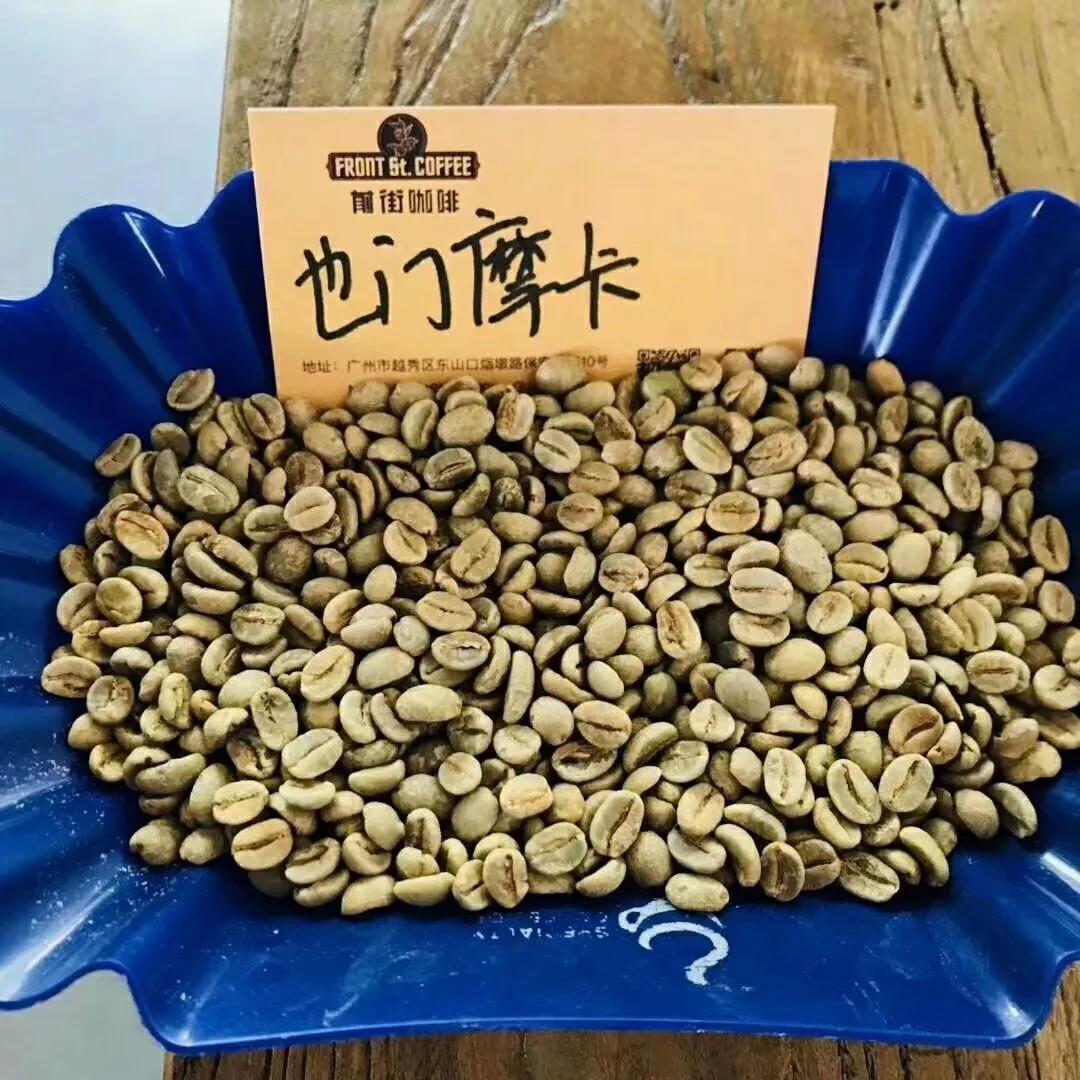
The grade of Mocha is: Sunani Sanani
Important Notice :
前街咖啡 FrontStreet Coffee has moved to new addredd:
FrontStreet Coffee Address: 315,Donghua East Road,GuangZhou
Tel:020 38364473
- Prev
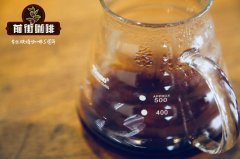
How to use mocha coffee beans _ introduction of characteristics of mocha coffee beans _ brand recommendation of mocha coffee beans
Professional coffee knowledge exchange more coffee bean information please follow the coffee workshop (Wechat official account cafe_style) Yemen Matalee Mocha Coffee Bean (Yemen Mattari Mocca) production area is located in the Bani Mattar district west of the capital Sanaa, the variety is Matali (Arabica adzuki bean), is an older Arabica species, should be passed down from Ethiopia
- Next
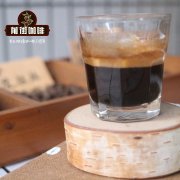
How do you cook mocha beans? how much is mocha beans? is mocha beans good?
For more information on coffee beans, please follow the coffee workshop (Wechat official account cafe_style) Coffee World's only remaining living monuments: Yemeni mocha coffee beans have the most unique, rich and fascinating complex smell in the world: red wine, wild game, dried fruit, blueberries, grapes, cinnamon, tobacco, sweet spices, log and even chocolate, you can
Related
- Detailed explanation of Jadeite planting Land in Panamanian Jadeite Manor introduction to the grading system of Jadeite competitive bidding, Red bid, Green bid and Rose Summer
- Story of Coffee planting in Brenka region of Costa Rica Stonehenge Manor anaerobic heavy honey treatment of flavor mouth
- What's on the barrel of Blue Mountain Coffee beans?
- Can American coffee also pull flowers? How to use hot American style to pull out a good-looking pattern?
- Can you make a cold extract with coffee beans? What is the right proportion for cold-extracted coffee formula?
- Indonesian PWN Gold Mandrine Coffee Origin Features Flavor How to Chong? Mandolin coffee is American.
- A brief introduction to the flavor characteristics of Brazilian yellow bourbon coffee beans
- What is the effect of different water quality on the flavor of cold-extracted coffee? What kind of water is best for brewing coffee?
- Why do you think of Rose Summer whenever you mention Panamanian coffee?
- Introduction to the characteristics of authentic blue mountain coffee bean producing areas? What is the CIB Coffee Authority in Jamaica?

